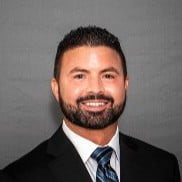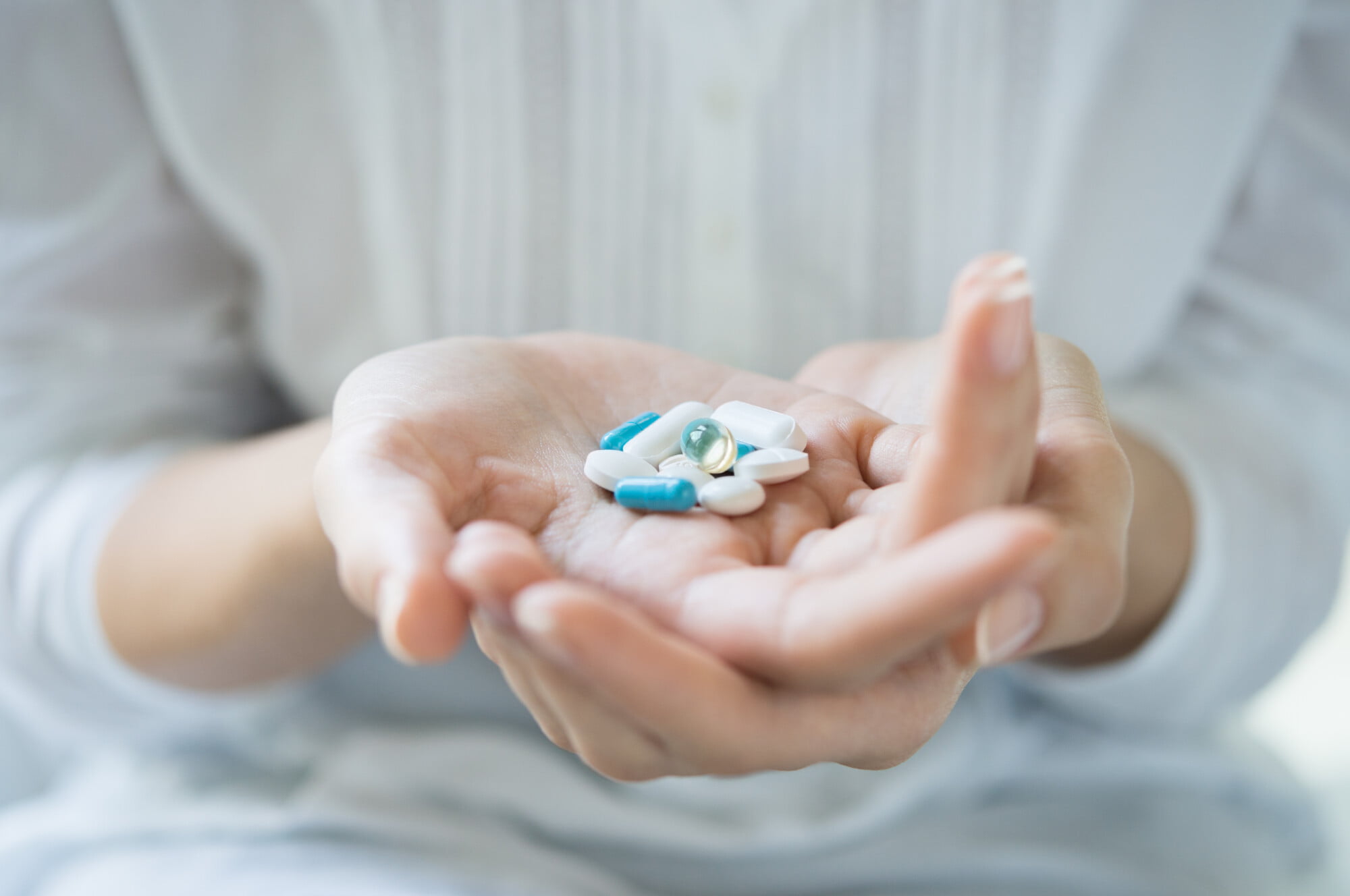In 2021, approximately 8.7 million people in the US reported misusing prescription pain relievers, and almost 3.7 million people misused prescription stimulants.
The fact is prescription drug abuse is becoming more and more of a problem, causing deaths and overdoses, impacting many people’s lives. However, it’s often overlooked since many people focus on overdoses that involve drugs like heroin or cocaine.
If you or a loved one has a problem with prescription medications, finding prescription drug addiction treatment is just as important. Learning more about prescription drug abuse and the treatment programs available will help you move your life in a healthier direction.
Keep reading this guide to learn everything you need to know about prescription drug abuse treatment options.
Overview of Prescription Drug Abuse
Prescription drug abuse, also known as prescription drug misuse, is when you use prescription medication in a way that’s not intended by the doctor who prescribed it. This can include anything from taking a friend’s prescription painkiller for your headache or taking the medication and snorting it to get high.
Misusing a prescription medication might seem harmless enough initially, but abusing prescription drugs affects your brain as much as street drugs do.
What Prescription Drugs Are Most Often Abused?
One of the most common prescription drugs people misuse is opioids. This is because so many people suffer from chronic pain issues and take these medications for pain relief. Doctors often prescribe opioids or narcotics to treat chronic back, head, cancer, or surgical pain.
Opioids include different medications, such as:
- Vicodin
- Percocet
- Oxycontin
- Codeine
- Hydrocodone
- Morphine
- MS Contin
Although these medications can improve your quality of life if you follow the directions, becoming dependent is possible.
When you take an opioid, it attaches to proteins or opioid receptors in the brain. Once this occurs, the opioids block pain messages sent from the body to the brain. This effectively relieves the pain you’re feeling. However, at the same time, you also experience a release of feel-good chemicals called dopamine.
Once you take opioids for a while, you won’t feel that initial dopamine high with the same dose of medication. You’ll need to take more to achieve the same dopamine effects. Ultimately this tolerance leads people to misuse their medications and find different ways to take them, like an injection or inhalation.
Stimulants
Stimulants are medications for conditions like depression or attention deficit disorder (ADD). They boost your body, increasing your energy, alertness, and attention. They also raise your heart rate and blood pressure.
Common stimulant medications include:
- Adderall
- Concerta
- Dexedrine
- Ritalin
- Daytrana
Stimulates give you an energy high, but eventually, your body becomes used to the effects. As a result, you won’t feel that same energy rush as you did initially. To achieve this, people often begin taking higher doses or crushing the pills and snorting them to get an instant high.
Benzodiazepines or Central Nervous System Depressants
Many people worldwide use benzodiazepines to treat disorders like insomnia and anxiety. Common benzodiazepine medications include:
- Valium
- Ativan
- Xanax
These medications work with a chemical in your brain called gamma-aminobutyric acid (GABA) which lowers your brain activity, making you feel calmer or drowsy. When people take stimulant drugs or suffer from severe anxiety, they can start to depend on these medications to keep them calm.
Benzodiazepines can also be extremely dangerous since taking too many can cause you to become too sleepy. Also, mixing them with other prescription opioids or stimulant medications can affect your breathing and heart rate.
Symptoms of Prescription Drug Abuse
The signs of prescription drug use vary, depending on the length and amount of drugs you use. Since addiction alters your brain chemistry, behavioral changes are the first things you’ll notice.
You may see that a loved one has lost control of their life. They might suddenly start missing work and social interactions. Changes in eating habits, like going for days without eating, also occur.
Lack of personal hygiene and financial difficulties will also start happening. Other signs and symptoms include:
- Poor coordination
- Mood swings
- Dizziness
- Trouble concentrating
- Weight loss
- Headaches
- Insomnia
- Nervousness
- Poor judgment
- Paranoia
If you’re having difficulties with prescription medications, it’s essential to take an honest look at the changes in your own life. You can do this by thinking about your daily routine and how you’re functioning.
Prescription Drug Addiction Treatment
One of the first things you need to do is find a prescription drug addiction treatment center to help you with the detox process. When you’re taking prescription drugs like opioids and stimulants, your body becomes dependent on these medications.
The amount of time to form a physical dependence varies for each person. It also depends on how long you’ve been taking the medications.
Detox and Withdrawal Symptoms
You’ll experience uncomfortable withdrawal symptoms if you stop taking medications abruptly. For example, early symptoms of opioid withdrawal begin within the first 12 hours after you last took medication and typically include:
- Anxiety
- Agitation
- Insomnia
- Runny nose and tearing
- Muscle aches
- Yawning
- Sweating
Later symptoms include nausea, vomiting, abdominal cramping, and dilated pupils. You might also experience mood swings and problems with concentration.
This is why drug addiction treatment is so critical in the withdrawal phase. Medically supervised detox will help your body safely get rid of all substances and help you feel more comfortable while experiencing withdrawal symptoms.
Medication-Assisted Treatment
When you first arrive at detox, you’ll get a physical and psychological assessment to evaluate your symptoms. Your healthcare providers will form a treatment plan to help you through this phase.
Medication-assisted treatment (MAT) is often a vital part of a drug addiction treatment plan. This involves using specific medications, depending on what type of drug addiction you have.
If you’re taking opioids, you’ll typically receive medications like buprenorphine and naltrexone. You may also get a combination of these medications known as Suboxone. Buprenorphine helps relieve withdrawal symptoms, while naltrexone blocks the effects of opioids, which helps prevent relapse.
You’ll also get medications to manage symptoms you’re experiencing, like insomnia, anxiety, depression, or stomach upset.
Finally, you’ll start with behavioral therapy to begin treatment for any mental health issues you have. This usually includes cognitive behavioral therapy (CBT) and group therapy sessions. CBT focuses on identifying and changing negative thought patterns contributing to addictive behaviors.
Treatment Options for Prescription Drug Addiction
After detox, the next step in treatment for drug addiction involves residential treatment options. You can choose between inpatient, outpatient, or partial hospitalization treatment programs.
Inpatient Treatment Programs
Inpatient treatment programs can last from 30 days to 6 months, sometimes longer. You might also find your detox program is included in an inpatient treatment program, but it also can be separate. The purpose of inpatient treatment is to focus on getting well without having the distractions and stress of daily life.
During your stay, you’ll have access to staff 24/7 who will help you manage any remaining withdrawal symptoms. You’ll also get more intensive behavioral therapy and have to attend group therapy meetings regularly. Usually, treatment programs use the 12-step recovery method, so you’ll work through these steps daily.
Be sure to do your research and consider that you’ll be away from your everyday life for the entire time you’re in the program.
Partial Hospitalization Programs
Partial hospitalization programs (PHP) are the most intensive outpatient treatment you can get. They focus on stabilizing your behaviors early in the recovery process.
You’ll typically need to attend 5 to 6 hours of treatment daily for 5 to 6 days a week. This program is a higher level of care, so it can be difficult if you work a full-time job or have other family responsibilities. PHP also focuses on behavioral counseling, group counseling, and relapse prevention.
Intensive Outpatient Programs
Intensive outpatient programs IOPs) are the least restrictive, and most people can work while attending these programs. You’ll usually have treatment for a few hours daily, 3 to 4 days a week.
Like the other programs, IOPs focus on behavioral counseling, group therapy, and release prevention. You’ll need to be able to attend program sessions regularly for this program to be successful. Many people do well with this level of care, especially if they haven’t been using prescription drugs long-term.
Sober Living Homes
If you’ve had a prescription drug addiction for a long time or need help getting back on your feet, you should consider sober living homes. Remember, addiction doesn’t stop with treatment, and sober living homes give you the support you need when you first begin living sober.
You’ll have room and board and must participate in 12-step programs daily. You’ll have to follow sobriety rules and check in with staff as required. Sober living homes allow you to work on educational and employment skills. You’ll also get assistance focusing on goals and repairing relationships.
Find Prescription Drug Addiction Treatment Today
Knowing more about prescription drug addiction treatment will help you to feel more comfortable about the process overall. Remember, help is available; once you reach out, you’ll feel much better.
If you’re looking for treatment for drug abuse for yourself or a loved one, you can turn to Detox to Rehab for your treatment needs. We offer a supportive community committed to helping you along your journey toward sober living. We can help you find the program you need, whether it’s detox, inpatient, intensive outpatient, or sober living options.
Make sure to contact us today and speak to a care counselor by calling (866) 578-7471. If you’re more comfortable visiting us online, you can fill out our contact form to get started.








